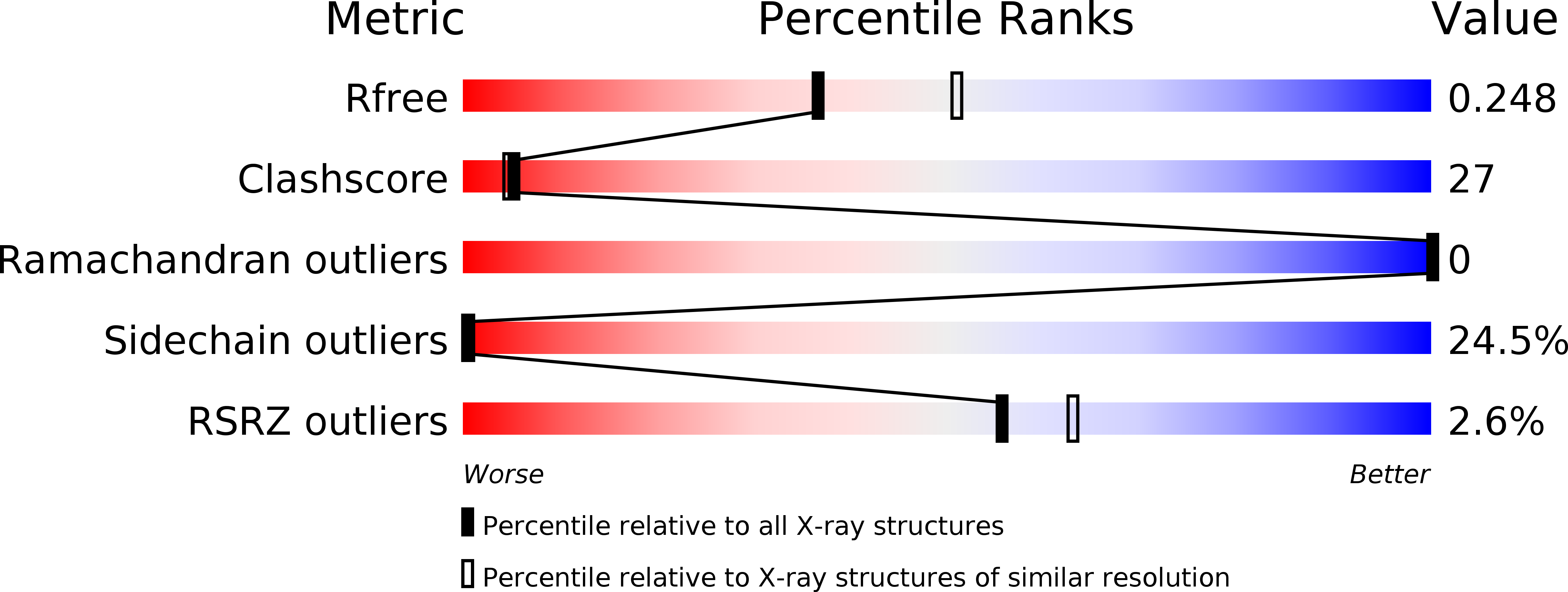
Deposition Date
2013-02-28
Release Date
2014-01-22
Last Version Date
2024-02-28
Entry Detail
PDB ID:
4JG4
Keywords:
Title:
Ligand concentration regulates the pathways of coupled protein folding and binding
Biological Source:
Source Organism:
Bacillus subtilis (Taxon ID: 1423)
Host Organism:
Method Details:
Experimental Method:
Resolution:
2.30 Å
R-Value Free:
0.24
R-Value Work:
0.21
R-Value Observed:
0.21
Space Group:
P 64


